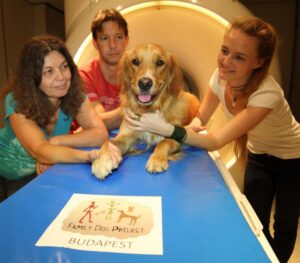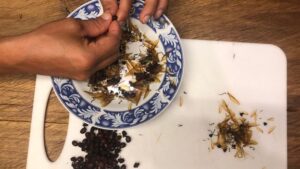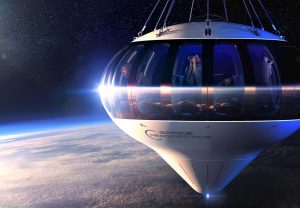


Breakthrough in bioprinting could enable 3D printing of replacement organs
 Advanced
Advanced
2020/08/19 13:56
1.bioprinting (n)
the process of producing tissue or organs similar to natural body parts and containing living cells,using 3-D printing (= a way of creating a solid object from a digital model by printing many separate layers of the object)
2. sac (n)
a part of a plant or animal that is like a bag and often contains liquid, or a similar artificially made structure
3. underscored (v)
to emphasize the importance of something
4. dense (adj)
having parts that are close together so that it is difficult to go or see through
5. mainstream (adj)
considered normal, and having or using ideas, beliefs, etc. that are accepted by most people
6. entangled (v)
to cause something to become caught in something such as a net or ropes
Breakthrough in bioprinting could enable 3D printing of replacement organs

Scientists have taken a major step towards the 3D-printing of replacement organs. A new technique for bioprinting tissues allows scientists to create vascular networks like those used in the body to transport blood, air, and other fluids.
Along with publishing the research in the journal Science, the scientists released a video showing a lung-like air sac which can feed nutrients and oxygen to nearby tissue: “One of the biggest roadblocks to generating functional tissue replacements has been our inability to print the complex vasculature that can supply nutrients to densely populated tissues,” Jordan Miller, assistant professor of bioengineering at Rice University’s Brown School of Engineering, explained in a statement.
“Further, our organs actually contain independent vascular networks — like the airways and blood vessels of the lung or the bile ducts and blood vessels in the liver. These interpenetrating networks are physically and biochemically entangled, and the architecture itself is intimately related to tissue function. Ours is the first bioprinting technology that addresses the challenge of multi vascularization in a direct and comprehensive way.”
The importance of this development was underscored by Miller’s colleague, Kelly Stevens of the University of Washington. “Tissue engineering has struggled with this for a generation,” Stevens said. “With this work we can now better ask, ‘If we can print tissues that look and now even breathe more like the healthy tissues in our bodies, will they also then functionally behave more like those tissues?’ This is an important question, because how well a bioprinted tissue functions will affect how successful it will be as a therapy.”
The scientists expect that bioprinting will become a part of mainstream medicine within the next 20 years. Current research is being performed in both university and private settings, such as startup company Volumetric which employs several of the researchers. Scientists hope this method will help millions of people waiting for an organ transplant.
Resource: https://www.digitaltrends.com/cool-tech/bioprinting-vascular-networks/

- Who said bioprinting could be used to reproduce organs?
- What would bioprinting create networks of?
- Who do scientists hope this breakthrough will help?
“3-D bioprinting will impact a wider range of branches of medicine in terms of personalization and customization.”
Xuanhe Zhao











